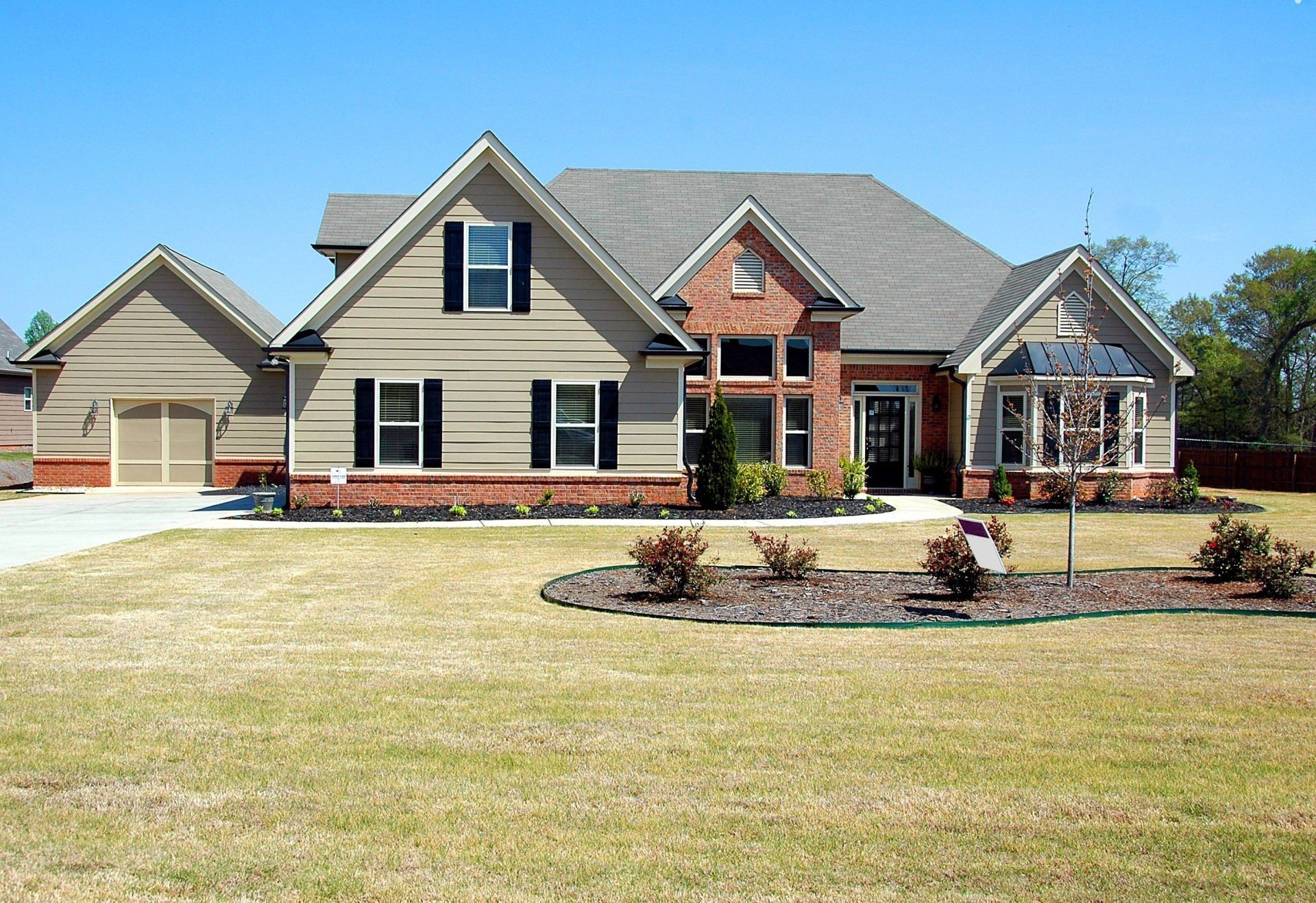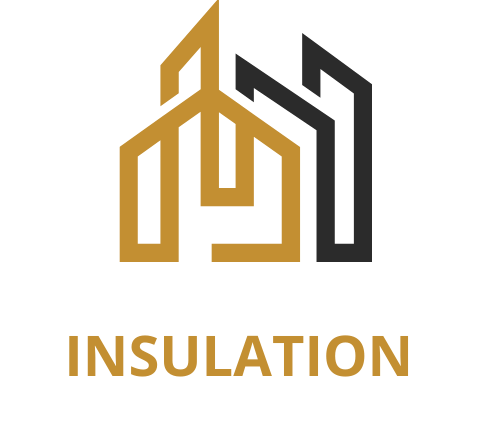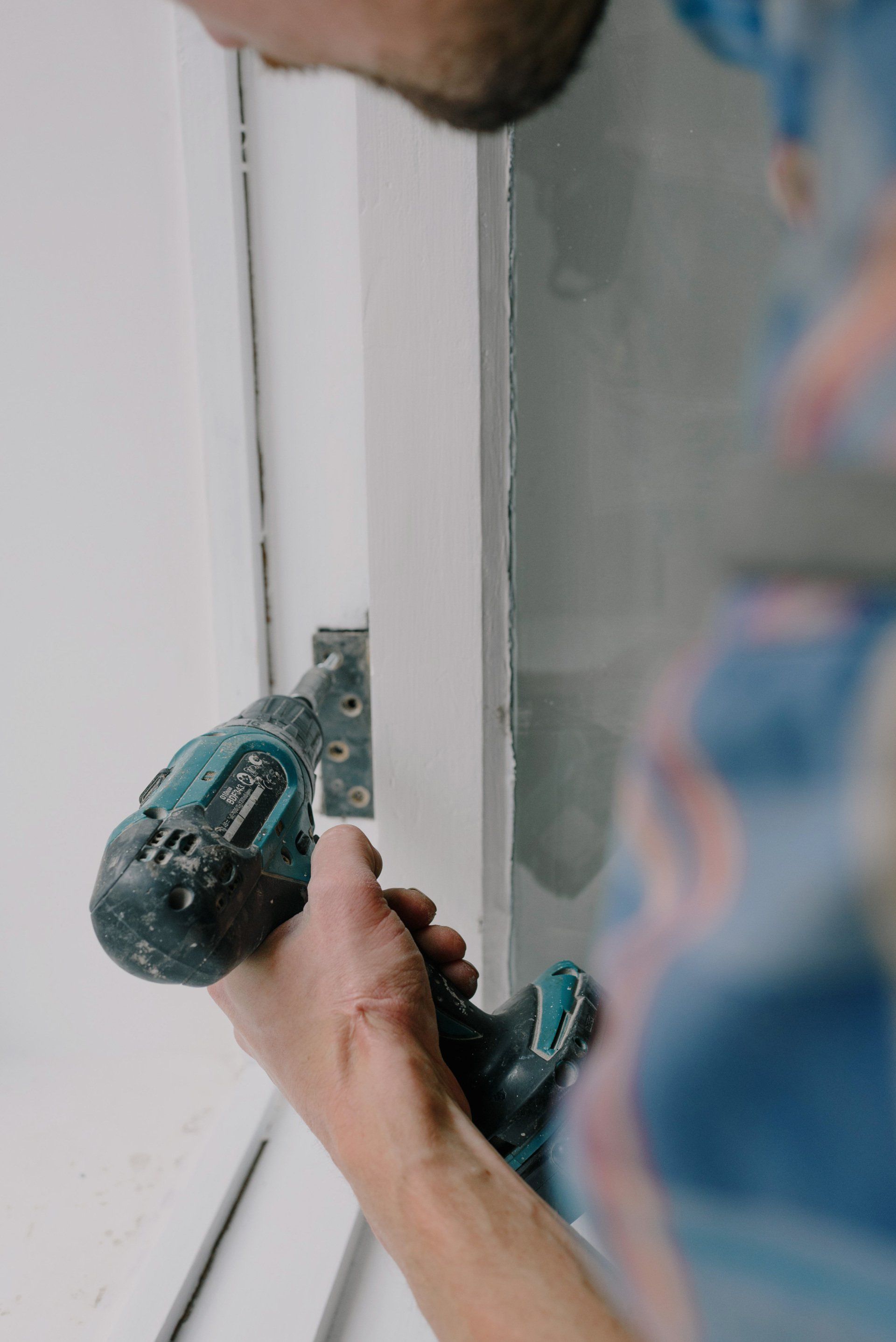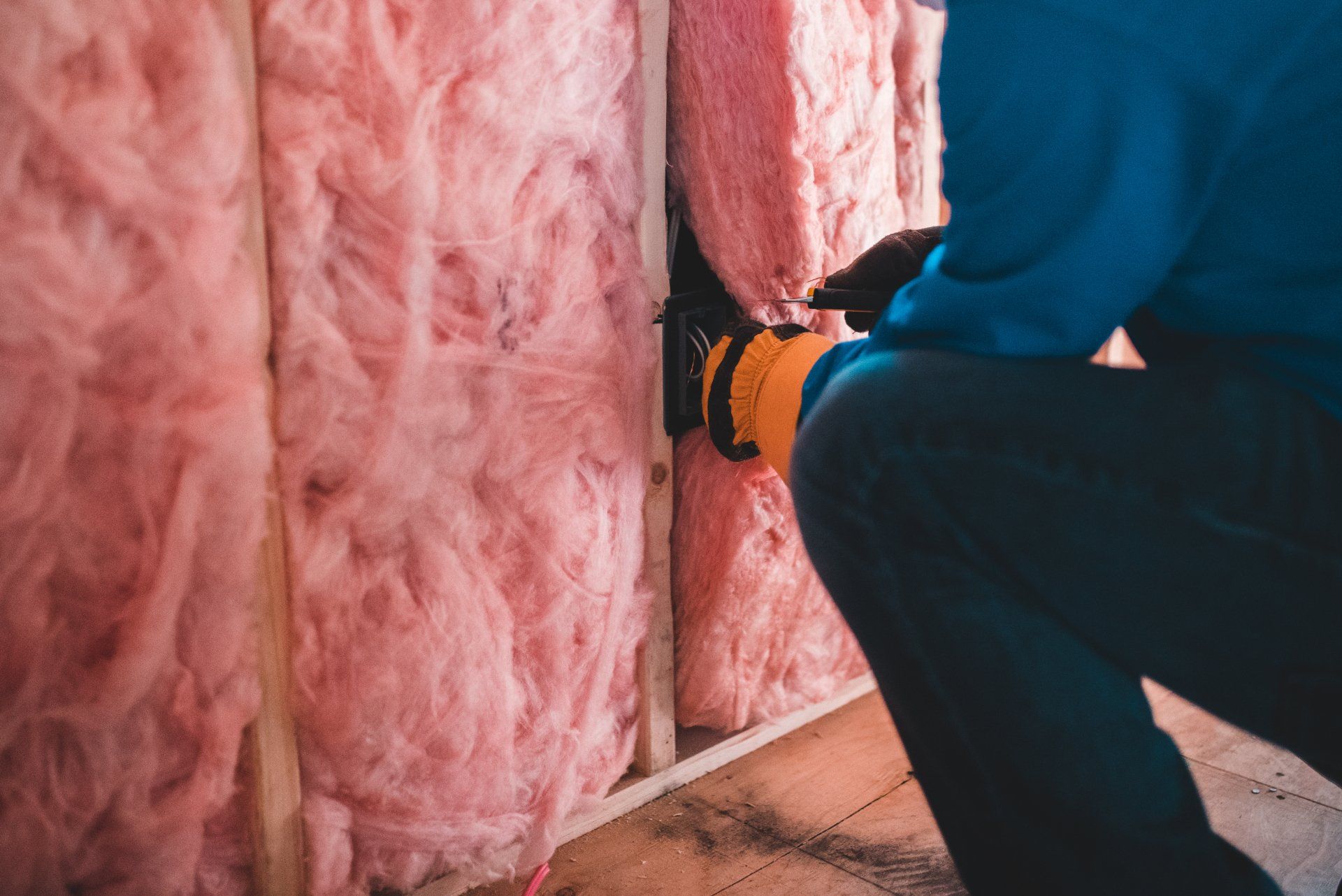Things You Must Be Aware of About Insulation
Things You Must Be Aware of About Insulation
It is well-known that insulation is essential for the most comfortable and energy-efficient home. Consider these tips to keep in mind when considering the addition of insulation to your home.
Change your insulation.
If you're thinking of buying an insulated door as you're trying to reduce energy consumption and make your garage warm, you should consider investing around 15-20% more to upgrade from extruded polystyrene into polyurethane insulation. The efficiency of insulation in the garage door is measured by its R-value. The higher the number is, the more effective it will insulate. According to experts, moving from 2-inch polystyrene to Intellicore (polyurethane) increases the insulation value from R-9 up to R-18. This is a significant amount of value for money.
Use insulation that is not paper-faced if you can.
Do not purchase paper-faced insulation for normal wall insulation. The paper face makes cutting batts difficult. It's also difficult to make a vapor retarder that is tight using batts with a paper face.
Insufficient insulation attracts mold.
Warm air is attracted to the gaps in insulation. Then, when it comes into contact with colder surfaces, when it flows through or out of the home, it condenses and can then be fed by mold. These spots typically occur on exterior walls, near windows or floors, corners, or around outlets and light fixtures. If the mold goes away after cleaning it, reducing the humidity in the home with a humidifier or vent fan is sure to keep an eye on it. If it still comes back, remove the wall and address the issue.
Install attic insulation.
In the majority of homes, and especially older ones that have insulation, installing them in the attics can reduce the loss of heat. At the very least, homes should include attic insulation that is between the R-22 range and the R-49 (6 to 13 inches of filler that is loose or 7 to 19 inches of fiberglass batts). You should consult your local building department for the recommended amount for your location.
You can put yourself through access to your attic and determine how much insulation is there. If the insulation you have is below or equal to the required level, adding some can lower your heating costs. If you're required to increase your insulation, go with loose-fill insulation over fiberglass batts, even if your home already has fiberglass. The loose fill is typically made of fiberglass or cellulose and allows you to overjoists and reach into crevices.
Do not spin the bit in insulation.
The most effective suggestion for driving wires into insulation is to avoid it if you can. The possibility is always present of damaging the vapor barrier or even bunching up insulation, creating cold spots on the wall. If you are required to use wires to penetrate walls on the exterior, the best way to do it is to keep from spinning the flexing bit until you have made contact with the wall you want to cut through. If you drill too early and you'll end up with an immense cone of insulation cotton that will make removing the bit difficult or even impossible.
Itch Remover
A lint roller that is sticky will pull those dreadful insulation fibers from your clothing and skin. It also reduces itching afterward.
Insulate Pipes
Dripping condensation from cold pipes could cause basement water issues. Cover pipes that are exposed to cold with pipe insulation made of foam to prevent condensation. The insulation is cheap and can be cut easily with scissors.
Insulate Walls
Insulate exterior walls with insulation to stop condensation. In winter, wall insulation in basements can help save energy and lower the cost of heating. Don't cover your walls with insulation if there are signs of water that is coming in from the outside. It could cause the possibility of mold problems.










